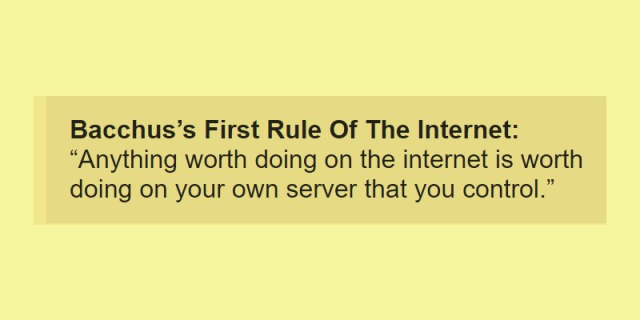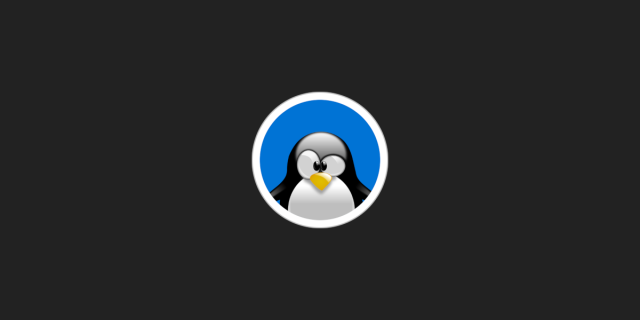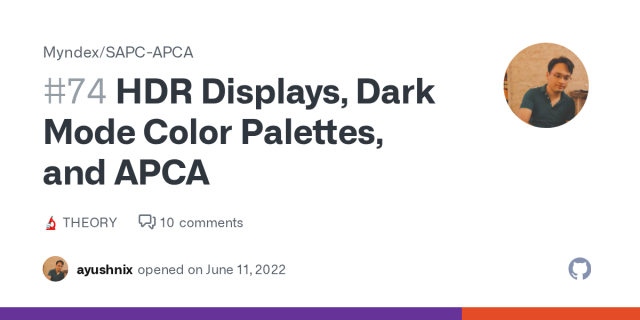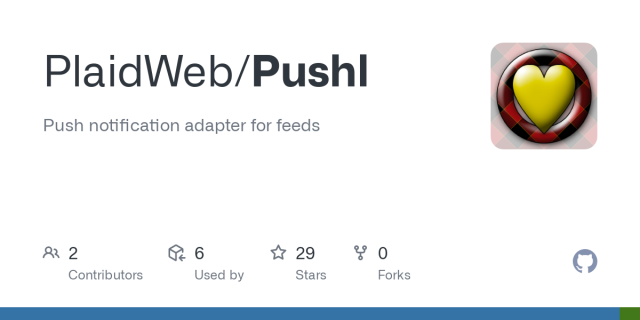I’m thinking about coining a term to reflect a non-toxic alternative to “search engine optimization” (SEO). Working name: “agent optimization”.
MDN has SEO guidelines because people often find MDN articles through general-purpose search engines. I noticed that a subset of their advice is directly beneficial to readers.
For example: imagine two pages have almost the same content (e.g. pages on the width and height CSS properties). Nearly-identical pages confuse search engines. To avoid duplicate content, authors are encouraged to differentiate the pages by using different examples. This is actually great for readers: when a reader navigates from one page to the next, it’d be unhelpful to present the same example again. Perhaps the width example could describe adaptation to a narrow viewport, while the height example could describe the trick for handling image aspect ratios with height: auto.
Lots of SEO is actually just basic design and accessibility guidelines: use good link names, remember alt-text, be mobile-friendly, use headings, don’t require tons of JS to display content, prefer semantic HTML, etc. Stuff like structured data also helps improve reader-mode implementations and makes content-blocking easier.
SEO gets toxic when it veers into copywriting guidelines, tricks like adding the current year to your heading (“Best products to buy in CURRENT_YEAR”), backlink-building, etc. Much of this does include so-called “white-hat SEO”. I think that I should distinguish “agent optimization” from “search engine optimization” by making it about accommodating the tools people use to find information, rather than about ranking high in search results or getting clicks. Once I finish my current WIP blog post (it’s about how to make privacy recommendations for different audiences), I think I’ll write about this. In the meantime, any ideas you have are welcome; please share them.
#POSSE note from seirdy.one/notes/2022/06/23/ag…
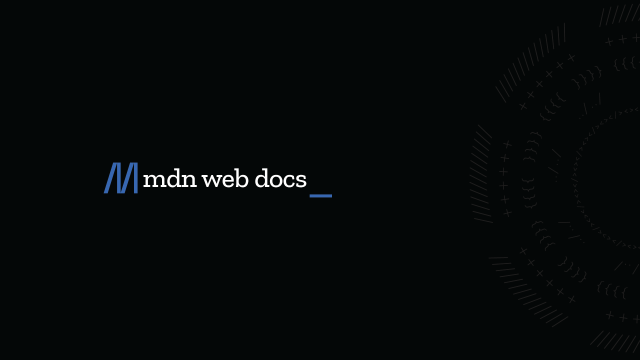
This guide covers our standard practices, recommendations, and requirements for content to help ensure that search engines can easily categorize and index our material in order to ensure that users can easily reach what they need.
developer.mozilla.org

